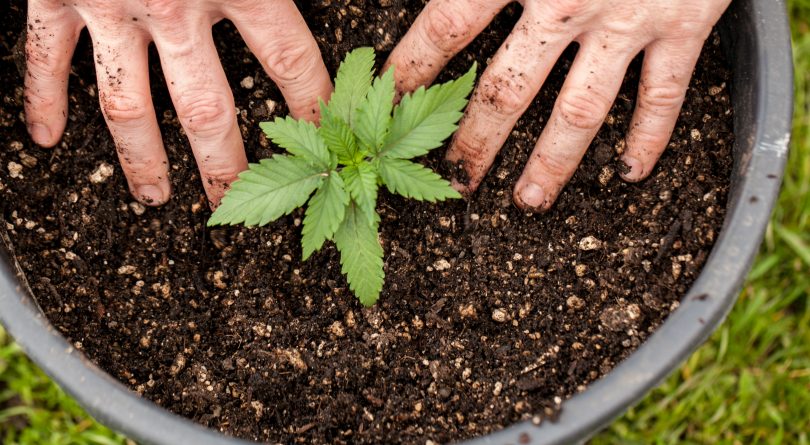Growing cannabis is big business these days. With an ever-growing number of states becoming laxer with their marijuana regulations and the demand for THC and CBD products soaring ever higher, there’s no denying that this can be a particularly lucrative field. Of course, quite a few people are growing cannabis at home for their own use as well. Regardless of why you’re growing, it’s important to keep a few key points in mind.

Understanding Marijuana’s Distinct Needs
Like all plants, cannabis has a few basic needs. Understanding its needs may be a simple matter in theory, but in practice, it’s an entirely different situation. After all, it can be a finicky crop. This is especially true when you’re growing it indoors and it depends on you for everything it needs to flourish. Having detailed beginners guide for growing cannabis on hand will certainly be helpful. In the meantime, though, take a look at some of the major challenges indoor cannabis farmers face while they’re nurturing their crops.
1. Giving Plants the Proper Nutrients
As is the case with most plants, cannabis needs certain nutrients in the right amounts. Nitrogen, phosphorus, and potassium are the main three, but several others are essential as well. Their nutrient needs also change as they grow and when they enter the flowering phase. Without those nutrients, they won’t thrive and produce the juicy buds you’re looking for. Giving them too many nutrients can be equally detrimental.
2. Providing the Right Lighting
Some cannabis plants use the types and amounts of light they receive to determine whether they need to grow or produce flowers. If you’re growing those strains indoors, it’s important to provide artificial light that mimics what they’d receive outdoors. Switching up the type and amounts of light they get causes them to enter the flowering phase. It’s not always easy to determine which light they need, how much of it, and when to make the switch.
3. Watering the Right Way
Some cannabis farmers give their plants too much water in an attempt to keep them hydrated. Others forget about their plants and let them dry out. Both mistakes are harmful to the plants and can greatly detract from your yields. Having said that, there’s no exact amount of water that’s right for all cannabis plants. Watch for signs of overhydration or dehydration, and modify your watering habits accordingly.
4. Keeping the Plants Ventilated
Plants take in the carbon dioxide we breathe out while producing the oxygen we need to survive. If they have too much of either, they won’t stay healthy. At the same time, they need properly circulated air. Outdoors, this is a simple matter of allowing Mother Nature to do what she does best. Indoors, though, you’ll need to set up a ventilation system and provide adequate air circulation.
5. Regulating Temperatures and Humidity
Most cannabis plants crave warm temperatures and relatively high humidity levels. If they get too hot or cold, they’ll wilt away to nothing. If there’s too much moisture in the air, the plants could succumb to mold and other plant pathogens. Reducing the temperatures and humidity levels in your grow room during the flowering phase will help keep the buds healthy and safe.
Rising to the Occasion
If you’re growing marijuana indoors, the plants will be relying on you to provide everything Mother Nature would give them outside. That’s quite a big responsibility to take on. When you’re armed with the right knowledge, though, you’ll end up with a bountiful harvest of potent buds at the end of the growing season.

























































